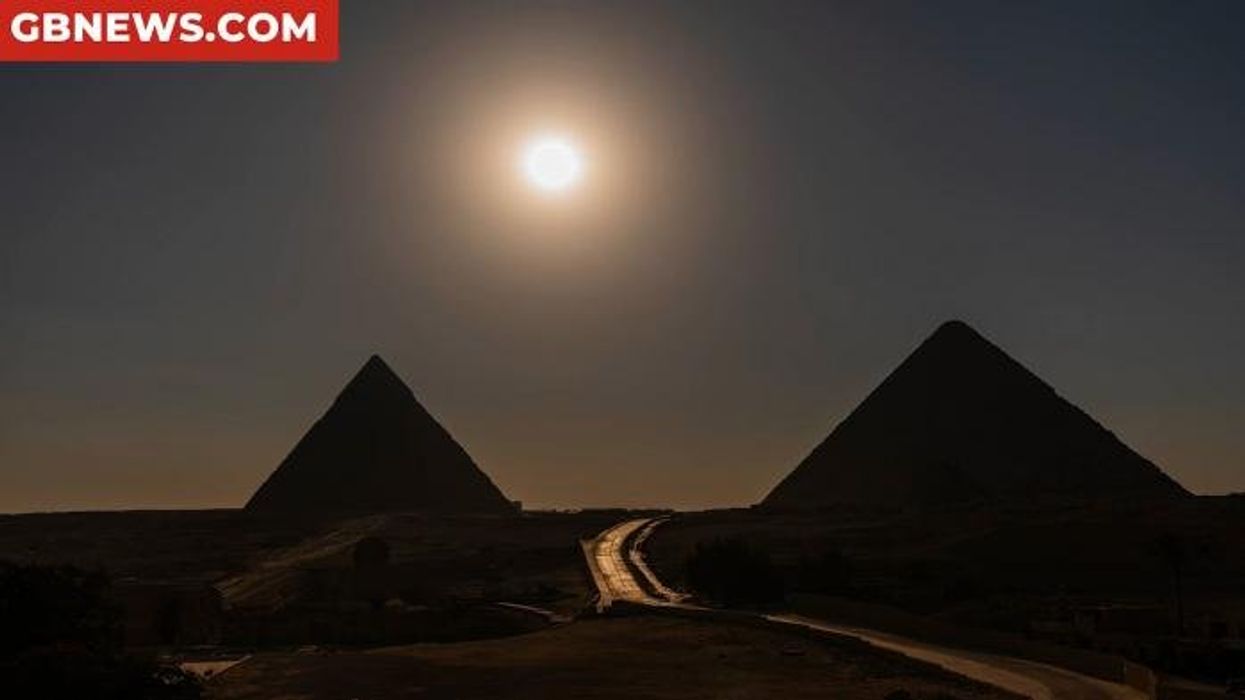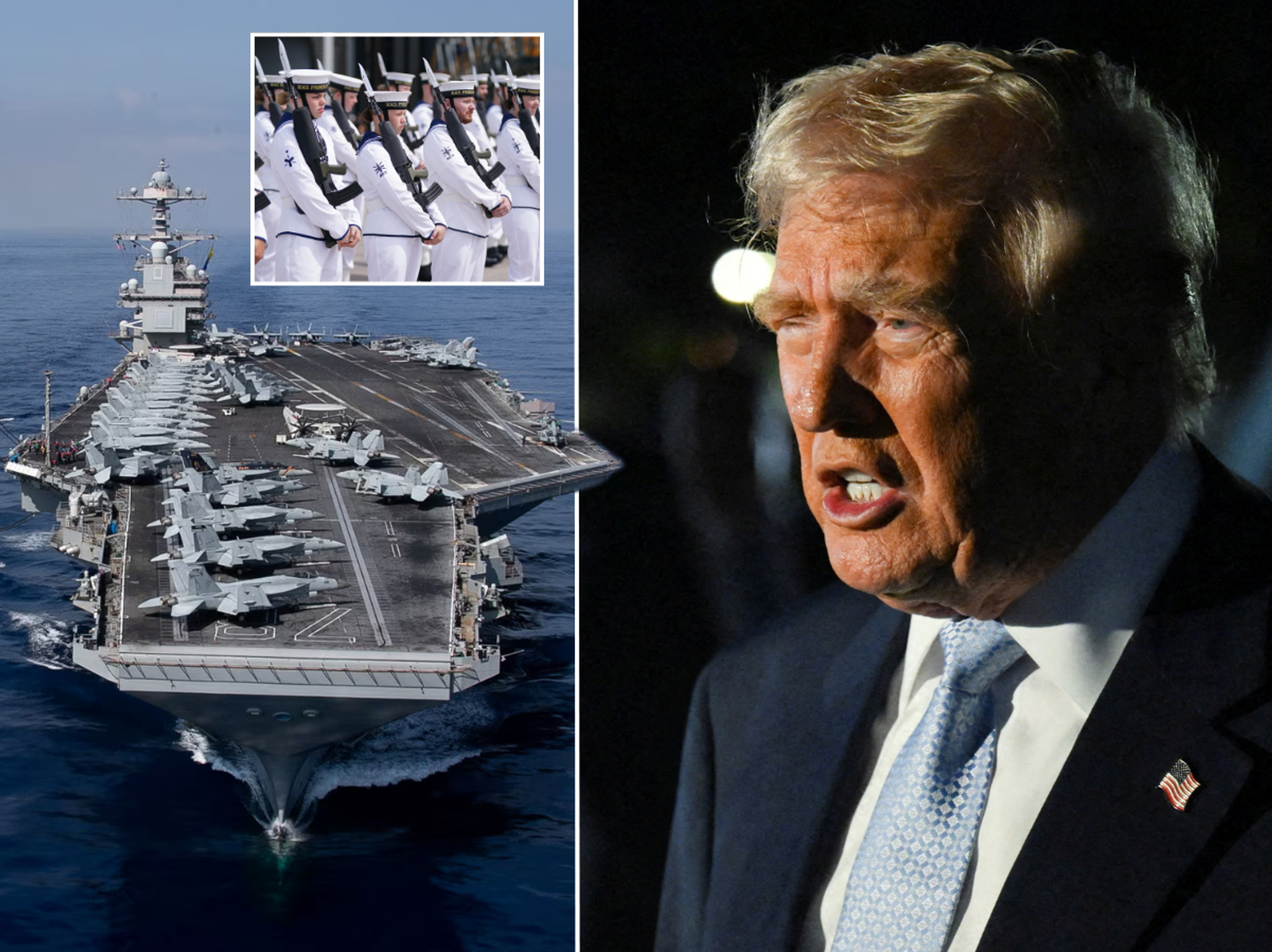Amelia Earhart's heartbreaking 'final message' revealed in new declassified files

The legendary pilot became emotional as she desperately looked for somewhere to land, the documents show
Don't Miss
Most Read
Amelia Earhart's final message appears to have been revealed after a tranche of files relating to her disappearance were declassifed.
The US National Archives has made public 4,624 pages of documents about the aviator's disappearance on the orders of Donald Trump.
Tulsi Gabbard, the Director of National Intelligence, announced the release on Friday, which contains previously-classified intercepts detailing Earhart's final communications on July 2, 1937.
The documents reveal the pioneering pilot's increasingly frantic messages as she searched for Howland Island in the Pacific whilst running dangerously low on fuel.
Ms Earhart repeatedly asked for assistance, telling the US Coast Guard vessel Itasca she was lost and needed the ship to serve as a radio beacon to guide her approach.
The newly released-files show it took the Itasca crew two crucial minutes to adjust their equipment to the correct frequency of 7500 kHz and begin transmitting the guidance signal she desperately needed.
At 8.43am local time, the aviator sent her final confirmed message while circling over the Pacific, convinced she was following an invisible line passing through Howland Island.
"We are on the line 157-337... circling but cannot hear you... Go ahead on 7500," were among Ms Earhart's last recorded words, followed by her urgent request to switch frequencies: "Will repeat this message... Wait."
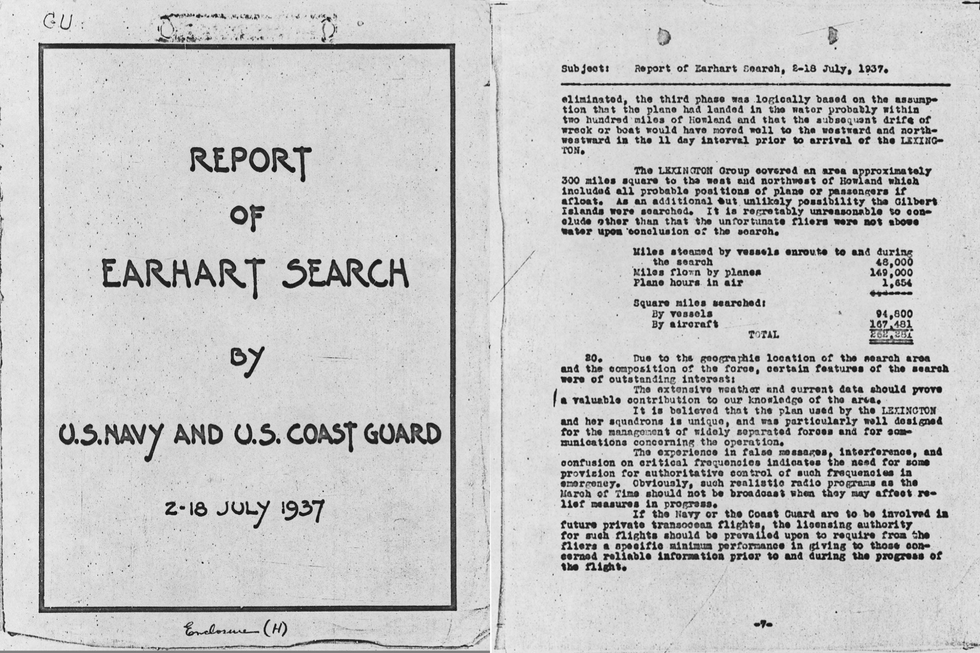
Cloud cover prevented her from spotting either the island or the smoke signals the Itasca had deployed to mark its position.
The files also show how mechanics discovered engine fuel mixture defects when inspecting Earhart's aircraft before her final journey - believed to be linked to her March 1937 crash at Luke Field in Hawaii.
The declassified assessments indicate her Lockheed Electra was carrying too much fuel and cargo, making the aircraft significantly heavier and more difficult to control.
This additional weight meant fuel consumption increased by a fifth more than planned, according to the documents.
THE SEARCH FOR AMELIA EARHART - READ MORE:
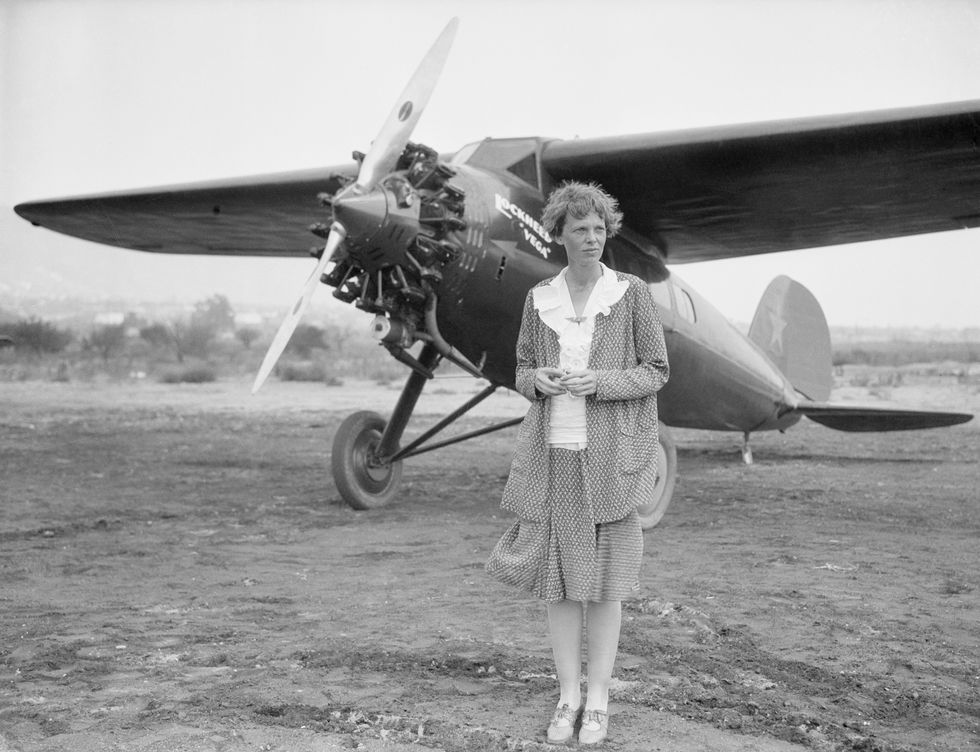 The mystery surrounding Amelia Earhart has persisted for more than 80 years | GETTY
The mystery surrounding Amelia Earhart has persisted for more than 80 years | GETTYPreviously-sealed weather reports now show clear conditions southeast of Howland but dense cloud formations to the northwest, with winds of eight to 13 miles per hour.
The overcast conditions forced Ms Earhart to navigate through clouds in the dark, forcing her off course.
Elsewhere, the files detail the most extensive naval search operation conducted up to that point in history.
They reveal how a Coast Guard dispatcher sent an urgent message on July 4, 1937 stressing they were making "every possible means to make contact".
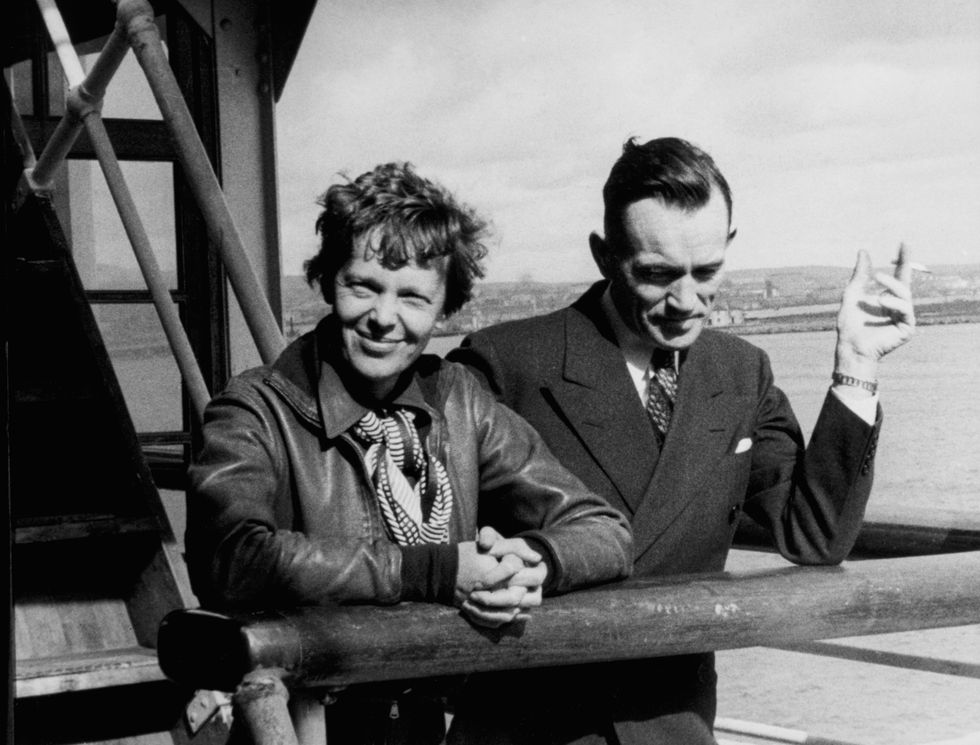 Amelia Earhart and her navigator Fred Noonan disappeared on July 2, 1937 whilst attempting to circumnavigate the globe | GETTY
Amelia Earhart and her navigator Fred Noonan disappeared on July 2, 1937 whilst attempting to circumnavigate the globe | GETTYA switchboard operator's account from July 5 described lengthy conversations with Ms Earhart before her disappearance, noting: "Amelia spoke at length, as if seeking a confidant.
"Those who admired her courage could hear it in her measured words. Only in the final transmission did her emotions surface."
Ms Earhart had been seeking to become the first female pilot ever to circumnavigate the globe after setting off from Lea in New Guinea in 1937 with her navigator, Fred Noonan.
The US Navy's official position has long been that Ms Earhart and Mr Noonan ditched at sea after their plane ran out of fuel.


